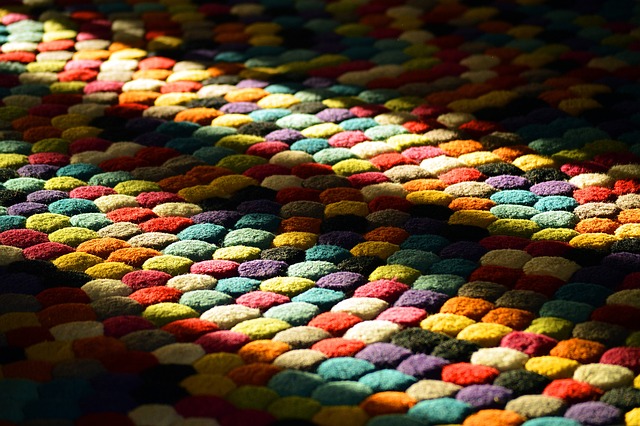Authentic Navajo rugs
History and significance of Navajo weaving in Native American culture
The history of Navajo rug weaving is a rich and storied one that dates back centuries. The art of weaving intricate and beautiful rugs has been passed down through generations of Navajo women, who have honed their craft to create some of the most authentic and sought-after rugs in the world.
Navajo rug weaving has its roots in the traditional practices of the Diné people, who have been weaving for hundreds of years using techniques that have been handed down from mother to daughter. These rugs are not just pieces of fabric, but works of art that tell a story and reflect the culture and history of the Navajo people.
The designs found on Navajo rugs often incorporate symbols and motifs that hold deep meaning within the Navajo culture. From geometric patterns representing elements of nature to intricate shapes symbolizing spiritual beliefs, each rug is a unique expression of the weaver's creativity and connection to her heritage.
Today, authentic Navajo rugs are highly coveted by collectors and enthusiasts alike for their beauty, craftsmanship, and historical significance. Each rug tells a story not only of the weaver who created it, but also of the enduring legacy of Navajo artistry and tradition.
In conclusion, the history of Navajo rug weaving is a testament to the skill, dedication, and cultural pride of the Diné people. Through their artistry, Navajo weavers continue to preserve their heritage and pass on their traditions to future generations, ensuring that this timeless craft will endure for years to come.
